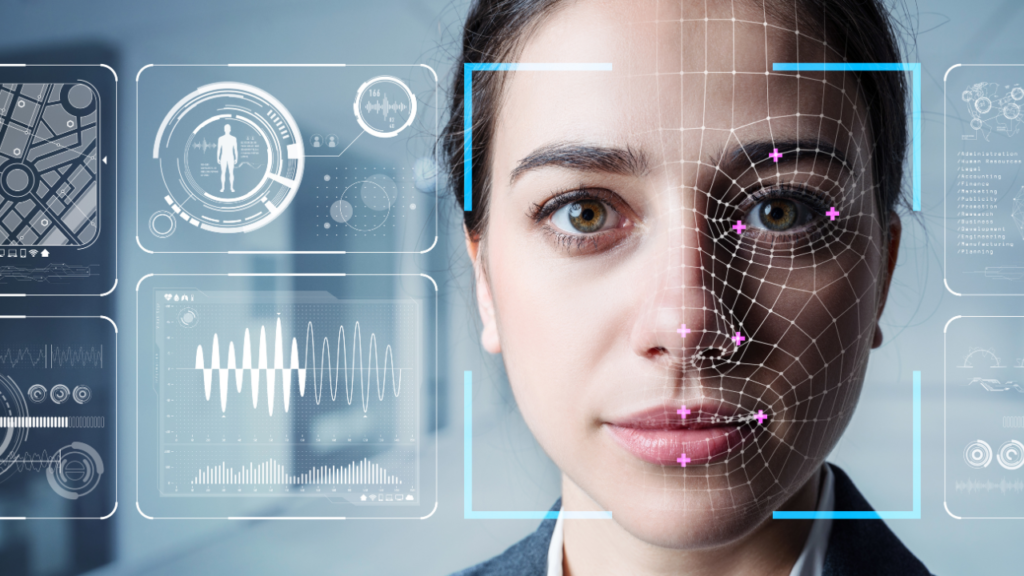
The future of biometric identification? Oh, that’s a mere trifle! Nothing but the entire redefinition of how humans interact with technology. No big deal, really. It’s not as if we’re talking about a transformative shift in how we secure our most sensitive data, establish our identities, or engage with the digital landscape. No pressure, biometric interfaces, but the world is ever so casually waiting for your revolution.
Biometric interfaces are becoming increasingly popular for user identification. And why not? After all, who needs pesky, forgettable passwords when you can just use your face, your finger, or even your iris? You know, just casually throw your physical identity into the digital ether. It’s not like you were using it for anything else.
The future of biometric identification is shaping up to be a fascinating cocktail of convenience and innovation, with a generous splash of dystopian science fiction. We’re talking about a world where you can pay for your groceries by merely looking at the cashier, or unlock your car by simply touching the handle. Sounds like something straight out of a movie, right?
And yet, this is where we’re headed, and at breakneck speed. Advancements in biometric technology are making it increasingly reliable and secure. Fingerprints, facial recognition, iris scanning, and even heartbeat analysis are quickly becoming the norm.
But of course, this isn’t without its challenges. Privacy, dear friends, is the elephant in the room. The more we rely on biometric interfaces, the more of our personal data is floating around in the digital realm. And as we all know, the digital realm can be a little bit like the Wild West, but with more hackers and less cowboy hats.
Moreover, there’s also the issue of accuracy. Biometric systems can still produce false negatives and positives. And in a world where your face is your credit card, a false negative could mean the difference between a smooth checkout and an awkward, “I swear that’s really me” moment.
Nevertheless, the benefits of biometric identification are compelling. Convenience, speed, and increased security are all significant advantages. And let’s be honest, there’s also a certain ‘cool’ factor to it. Who wouldn’t want to feel like a secret agent every time they unlock their phone with a glance?
The future of biometric identification is bright and full of promise. It’s a future where forgetting passwords becomes a quaint, slightly embarrassing story you tell your grandkids. A future where your identity is as unique and unreplicable as you are.
So, until the day when we’re all using biometric interfaces as naturally as we use our smartphones, let’s keep an eye on this exciting field. After all, it’s not every day that you get to witness a revolution in progress. And remember, you can’t spell ‘biometric’ without ‘I am me’. A little cheesy, but hey, isn’t that part of the fun?
But for now, give that good old alphanumeric password a pat on the back. It’s served us well. But the future, it seems, has eyes only for our eyes. And our fingerprints. And our heartbeats. In the captivating march of progress, the future of biometric identification is a fascinating tune that’s just beginning to play.


